It goes without saying that there are, literally, thousands upon thousands of flicks out there. I can’t begin to imagine that a well-read film junkie like myself has even touched upon a mere one percent of them. Granted, there’s no way that I could see everything that’s ever been produced – nor would I ever undertake such an exercise – but I’m certainly interested in Science Fiction, Fantasy, and Horror projects from these bygone eras sneaking back onto society’s radar when given the chance. Believe it or not, there are some hidden gems out there – ones that have somehow escaped mention on SciFiHistory.Net, and I’m always on-the-lookout for ways to give them coverage, both on this MainPage as well as on the corresponding Daily Pages.
A rarity like 1981's Dead & Buried is just the kind of film that deserves a second look.
It isn’t all that often that a forty-year-old film gets an Ultra HD release with a whole lot of bells and whistles; and I suspect it’s even rarer for one to get such a release with four separate commentary tracks! To be honest, four separate commentary tracks is practically unheard of for modern product releases – even the most popular titles – so I felt somewhat compelled as a consumer and reviewer to preview each of them over the past week.
The short skinny?
I’m not entirely convinced that I learned all that much collectively. As you can imagine, there are a lot of facts repeated across the four commentaries – some of them from slightly differing perspectives, which was mildly enlightening. As I can, I’ll still try to avoid spoilers as I know many readers do try to catch these films I highlight at their leisure; and I’d hate to spill the beans about something that could affect your enjoyment. Suffice it to say, Dead & Buried has a good story with a great ending – the kind reminiscent of Rod Serling’s Night Gallery and The Twilight Zone or perhaps the films of M. Night Shyamalan – so I think it best to steer clear of those secrets for those uninitiated to the feature’s greatest charm … it’s last frame.
(NOTE: The following review will contain minor spoilers necessary solely for the discussion of plot and/or characters. If you’re the type of reader who prefers a review entirely spoiler-free, then I’d encourage you to skip down to the last few paragraphs for my final assessment. If, however, you’re accepting of a few modest hints at ‘things to come,’ read on …)
From the product packaging:
“Something very strange is happening in the quiet coastal village of Potters Bluff, where tourists and transients are warmly welcomed … then brutally murdered. But even more shocking is when these slain strangers suddenly reappear as normal, friendly citizens around town …”
There’s a bit more, but as this review is chiefly focused on the disk’s four commentaries, I’ll leave it right there. That’s all you really need to know heading into this one. It’s a Horror film, with people dying horribly and coming back to life somehow, so pay close attention or you might miss a solid yarn about life, death, and other things that go bump in the night.
Recorded during a gathering celebrating the 20th anniversary of Dead & Buried, Sherman’s recall of the cast, crew, and process of assembling this ‘thinking man’s horror’ film is pretty solid. He details how the feature started out as a black comedy, all the way up through its first cut; however, the effort was marred by behind-the-scenes shenanigans as the first production company was inevitably sold to another one that apparently then was bought out a third time. This third entity was more interested in delivering a mainstream horror to the marketplace, so they demanded a different cut, one requiring reshoots incorporating more blood, scares, and carnage. Sherman had little choice but to comply with their wishes, and he was assured that all prints of his first version were destroyed by the studio.
From this point, the director takes the viewer through his film, and he highlights specifically what changes he made, where these inserts occurred, and how some of the new edit required some of the tale’s sequences to be re-ordered. I found this particularly helpful because his recounting actually answered some of the questions I had upon viewing the film for the first time – anyone watching closely might notice the face of one unfortunate soul living peacefully among Potters Bluff’s living zombies well before she’d been dispatched to the beyond! This certainly shows that the production company was not interested in logic; all they wanted was to get the thrills and chills on the silver screen no matter what.
There are some other tidbits offered on the track, many of them focusing on some of the creative choices Sherman made both in conception and execution. He talks about colors and the lack of sunlight frequently, and I think his observations do add to understanding why the film works well when it does and even why it fails to hit its mark in a few smaller places. As you can guess, it’s easy to attribute the failures to an overzealous production company wanting a film different than what they received.
In contrast to Sherman’s vivid talk, Shusett and Turley (his wife) end up touching more upon the relationships they made during the course of Dead & Buried’s production than anything else. Both were obviously aware of the corporate going-ons – the husband more than the wife – but they assured that those dealings in no way affected the atmosphere on the set, which was very cordial and cooperative as everyone was corralled in and around Mendocino (CA) for the shoot.
There’s a fabulous little anecdote in their commentary relating to Dan O’Bannon’s work on the script and beyond. (In another special feature on the disk, O’Bannon clarifies he essentially provided suggestions to what he felt the draft needed to be a better tale.) As the story goes, it was O’Bannon who initially introduced Shusett to horror (as a genre), and this is why Shusett felt it prudent to get his partner’s input on Dead & Buried’s early script. As fate would have it, O’Bannon was struggling with a narrative issue with his current draft of Alien; after Shusett helped him on that project, O’Bannon countered by agreeing to help Shusett with his problems on the script for Total Recall. So in Shusett’s words, both the scripts for Alien and Total Recall were essentially hammered out in that one fateful day!
Otherwise, I found much of this commentary to be a bit of a snooze. There are some discussions about the film’s pacing; and while Shusett acknowledges that the director’s first cut was a vastly greater film than what was eventually delivered he doesn’t draw any particular examples from his memory, making it just an opinion. He also mentions that the feature’s novelization was released well before the film hit theaters, and he suggests that having the surprise ending spoiled in print probably hurt its box office performance. I’d have to agree.
Typical to other discussions I’ve heard with photographers, Poster ends up spending a fair amount of time talking about shot construction, creative choices, and the structure of long takes. (Dead & Buried is filled with long sequences, similar to the films of Alfred Hitchcock and some early John Carpenter stuff.) As is also common, he’s quick to point out errors in specific shots, and he even talks to a lesser degree how some of these inadequacies get ‘corrected’ either in post-production or in later reformatting for DVD release.
As for his memory of the production, it’s very good. He mentions that one of the flick’s longer sequences was shot on the set of TV’s long-running family drama The Waltons (the nighttime barn set); and he talks about how they brought in effects specialist Bill Hansard to coordinate the masterful string of shots involving film being played within the film, a narrative technique he specializes in. Poster even mentions that one of the rats from a small sequence within Dead & Buried was actually one to play ‘Williard’ in the seminal 1971 horror film of the same name.
In his closing, the photographer divulged that he disagreed with a few of Sherman’s visual choices (one involving the film’s secret reveal especially), but – all-in-all – he recalls a good time and even laughs when remembering how the film processing company’s representative called him in shock over Dead’s signature eye-poking scene. “They thought it was real, and the technicians apparently ran out of the room in terror!”
Now, for the record, I have no problem with “film historians.” In fact, if my academic career had continued the way I had originally plotted it out, then that’s likely a role I would’ve turned up in gladly. But the drawback on hiring them to provide commentary to a forty-year-old film is that – unless they’ve really done their research – they’re going to provide no substantial recounting on the making of said film. They weren’t there. They didn’t experience it firsthand. What they can share are the facts as they’ve come to know them … and, sadly, that’s the case here. Howart and Thompson spend the bulk of the experience bandying about their respective knowledge (impressive nonetheless) of Horror, trends, celebrities, and the like. At times, it seemed like they were trying to one-up each other, but it all remained cordial. While some of it is interesting, I honestly found little of it having anything to do with Dead & Buried.
Still, I think what these two achieve best in their talk – this happens several times throughout their 90-minute visit – is they draw comparisons between Dead and other horror films of its era and just beyond. In doing so, they highlight how Sherman’s picture was not so much a product of its time but perhaps served to influence others who followed in similar creative paths. In other words, did the infamous ‘needle in the eye’ image sway the manner in which later directors accomplished similar sequences? There’s no way to know definitively (well, not unless someone cops to it), but throughout these two pepper the chat with some interesting speculation.
Also, I’d be remiss if I didn’t point out that I believe their commentary track was the only “contemporary” one on the disk: unless I’m mistaken, Sherman, Shusett, and Poster’s were recorded somewhere about 2000-2002 (there’s some vague mention to that 20-year anniversary but nothing solid), while Howarth and Thompson could’ve been logged theirs within the past year. One of them (Howarth, I believe) was either very poorly miked or simply spoke far too fast too often for his own good; I had to ‘rewind’ the track several times. Only upon several attempts could I decipher what he said. It’s distracting, but – like them – I’m a purist. So sue me.
Recommended. As commentary tracks go, Dead & Buried’s four might be a bit of overkill: the viewer has to wade through some repetitive information, but each speaker presents a varying measure of value. If anecdotes are your pleasure, then lean heavily into the first three; you’ll no doubt learn something about the early days of special effects wizard Stan Winston’s budding career! While the historians don’t quite address the immediate subject, it’s still worth the pleasure to those who like boundless trivia across the Horror spectrum.
In the interests of fairness, I’m pleased to disclose that the fine folks at Blue Underground provided me with a 4K Ultra HD + Blu-ray + CD copy of Dead & Buried by request for the expressed purposes of completing this review; and their contribution in no way, shape, or form influenced my opinion of it.
-- EZ

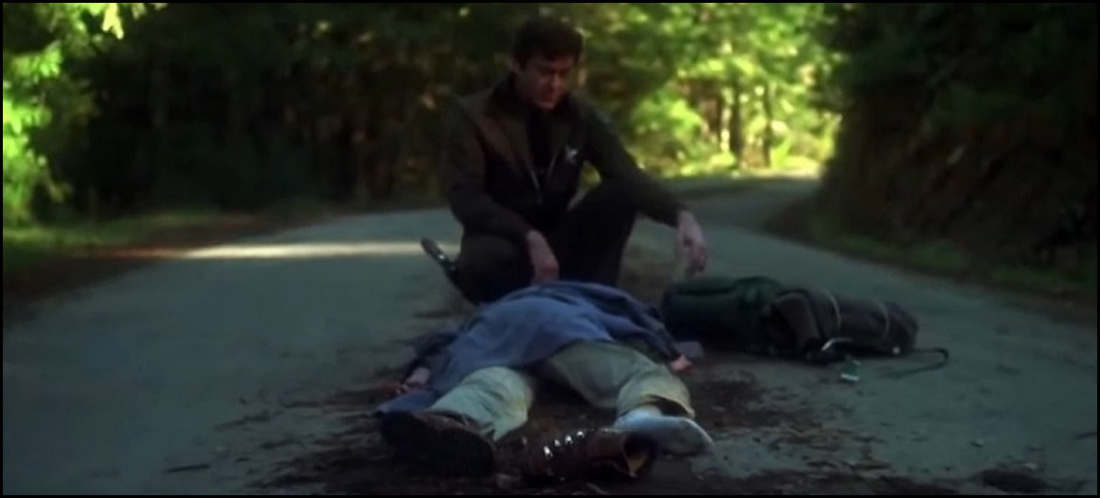
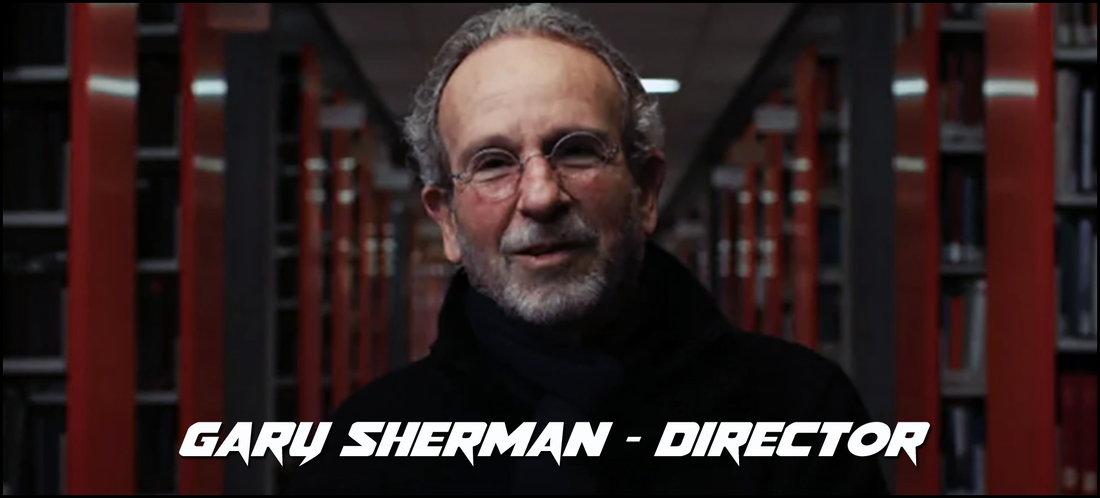
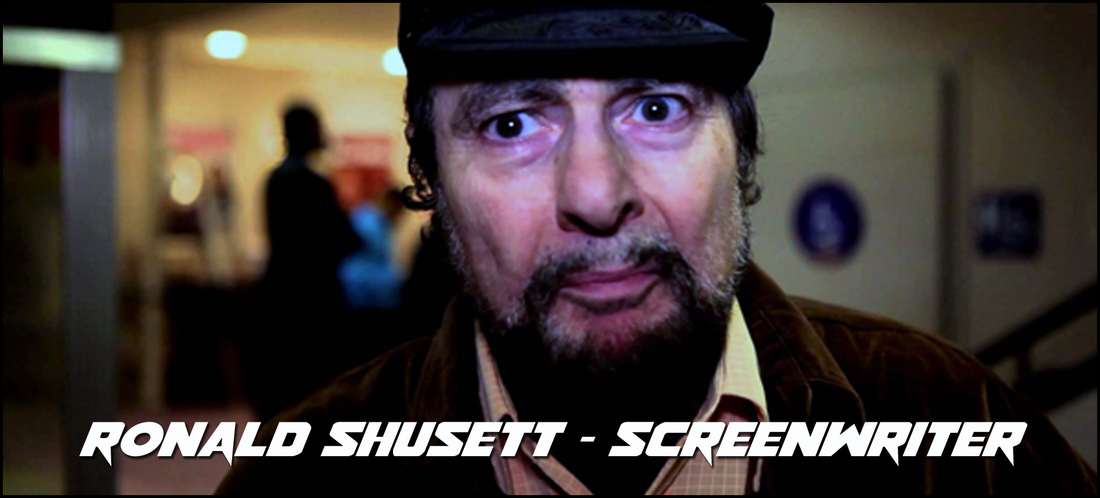
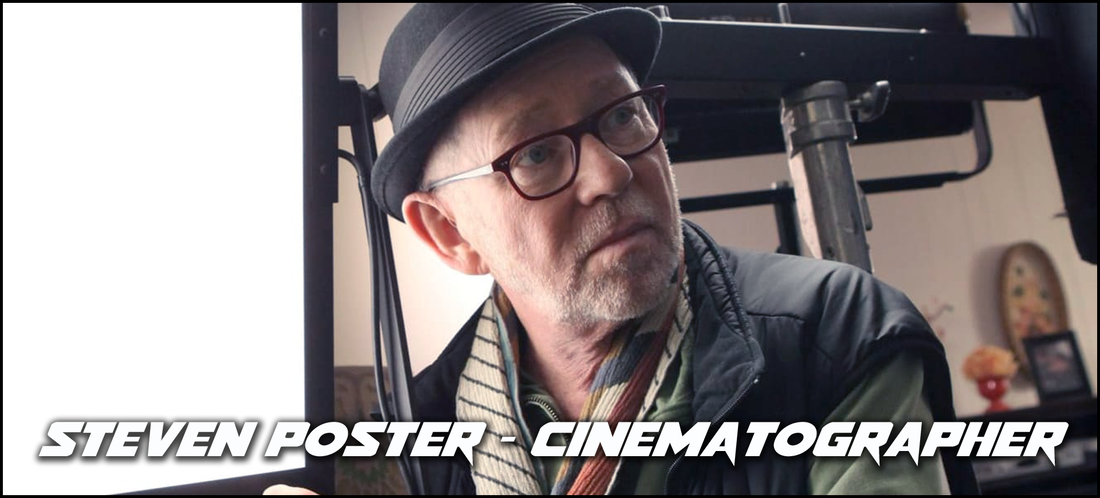
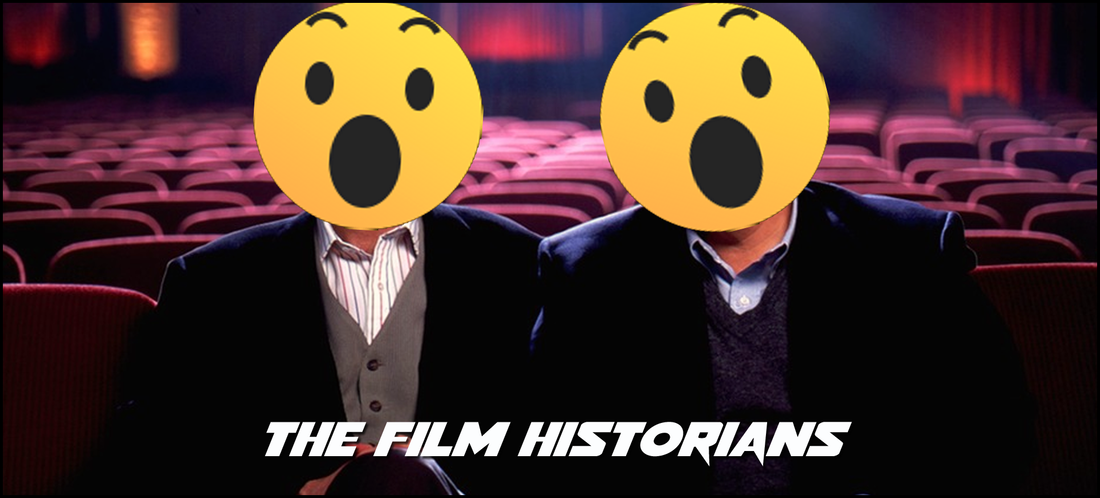
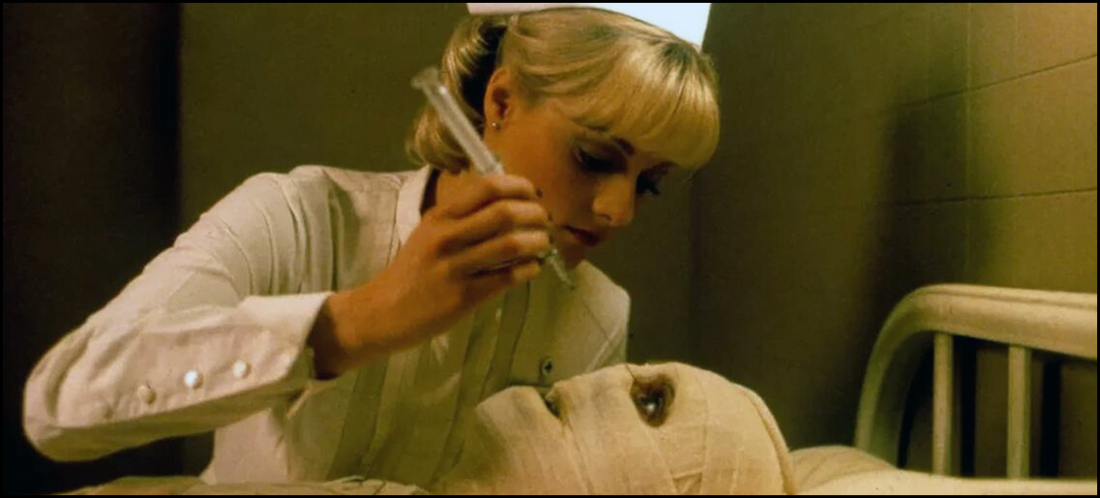
 RSS Feed
RSS Feed